Disclosure: This article contains affiliate links. We may earn a commission from purchases at no extra cost to you, which helps our travel content.
As an emergency physician, I've learned that proper diagnosis requires looking beyond the obvious symptoms. The same principle applies when exploring Bologna's legendary food scene. While tourists queue for spaghetti bolognese (a dish that, ironically, doesn't exist in authentic local cuisine), the real Bologna reveals itself through tortellini folded by hand in century-old shops, dawn rituals at traditional markets, and aperitivo sessions where conversations flow as generously as the Sangiovese. During my recent spring sabbatical—a necessary recalibration after a particularly intense winter in the ER—I spent a week methodically exploring this gastronomic capital through the guidance of local chefs, market vendors, and a few well-connected Italian colleagues from medical conferences. What follows is my evidence-based approach to experiencing Bologna's culinary soul, calibrated for couples seeking mid-range adventures without requiring prior expertise in Italian gastronomy.
The Morning Ritual: Breakfast Like a Bolognese
Breakfast in Bologna operates with the precision of a well-orchestrated trauma response—swift, effective, and perfectly calibrated to set up the day. Unlike American breakfasts that aim to sustain you through nuclear winter, the Bolognese approach is elegantly minimalist yet deeply satisfying.
Start at Caffè Terzi on Via Oberdan, where baristas approach espresso extraction with the same meticulous attention to detail I apply when calculating medication dosages. Their signature caffè alla nocciola—espresso with hazelnut cream—delivers a perfectly balanced flavor profile that activates precisely the right neuroreceptors to begin your day. Pair it with a cornetto filled with crema or pistachio for optimal results.
For a more traditional approach, join locals at Forno Brisa, where organic sourdough practices merge with innovative techniques. Their maritozzi—sweet buns filled with hand-whipped cream—provide the perfect carbohydrate-to-fat ratio for sustained morning energy. I found myself returning daily, my medical brain appreciating how their commitment to quality ingredients mirrors the importance of pharmaceutical purity in my own profession.
What separates authentic Bolognese breakfast from tourist versions is the ritual itself—standing at the counter, exchanging brief pleasantries with baristas who remember your preferences, and observing the rhythm of locals beginning their day. It's remarkably similar to how we establish efficient patterns in emergency medicine—no wasted movements, just practiced precision.
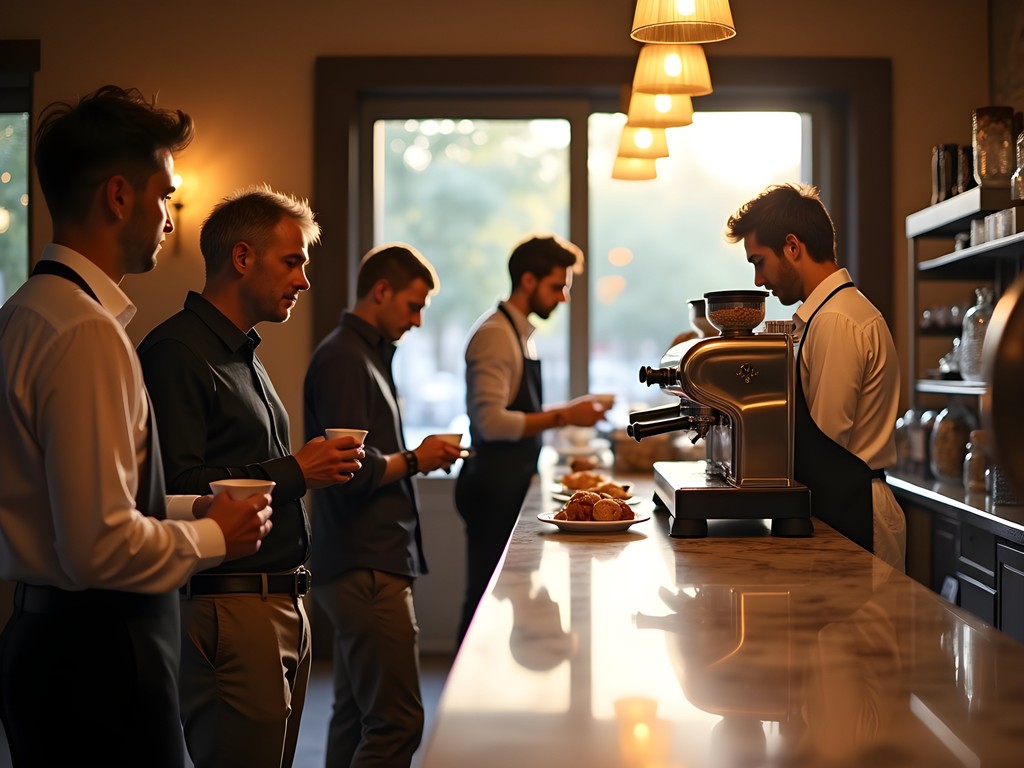
💡 Pro Tips
- Order your coffee at the cash register first, then provide your receipt to the barista
- The best pastries sell out by 9am—arrive early for optimal selection
- If you want to blend in, consume your breakfast standing at the bar rather than sitting (which costs extra)
The Market Immersion: Quadrilatero & Mercato delle Erbe
If you want to understand Bologna's culinary DNA, you need to examine its markets with the same methodical approach I use when assessing patient histories. The medieval Quadrilatero market district and the covered Mercato delle Erbe provide complementary diagnostic insights into what makes this city Italy's gastronomic heart.
Begin in the Quadrilatero, where narrow lanes have hosted food vendors since Roman times. Via Pescherie Vecchie (Old Fishmongers Street) remains the anatomical core, where Paolo at Simoni salumeria slices mortadella with the precision of a skilled surgeon. Ask for a tasting board of their culatello di Zibello—the king of prosciutto that undergoes a maturation process as carefully controlled as any medical protocol I've implemented.
For couples seeking hands-on experience, book the morning market tour with Taste Bologna. Like a good attending physician teaching residents, their guides demonstrate how to select perfect seasonal produce and introduce you to multi-generational vendors who won't appear in guidebooks. The tour concludes with a cooking workshop where you'll transform market ingredients into classic Bolognese dishes.
At Mercato delle Erbe, the city's largest covered market, I recommend bringing along a collapsible market tote for impromptu purchases. This market offers a more comprehensive cross-section of everyday Bolognese life—less touristic than the Quadrilatero but equally authentic. The central dining area hosts several excellent standing-room food stalls where you can sample tigelle (round flatbreads) stuffed with squacquerone cheese and prosciutto—a perfectly balanced protein-to-carbohydrate ratio that sustains energy without inducing the postprandial somnolence that plagues tourist lunches.
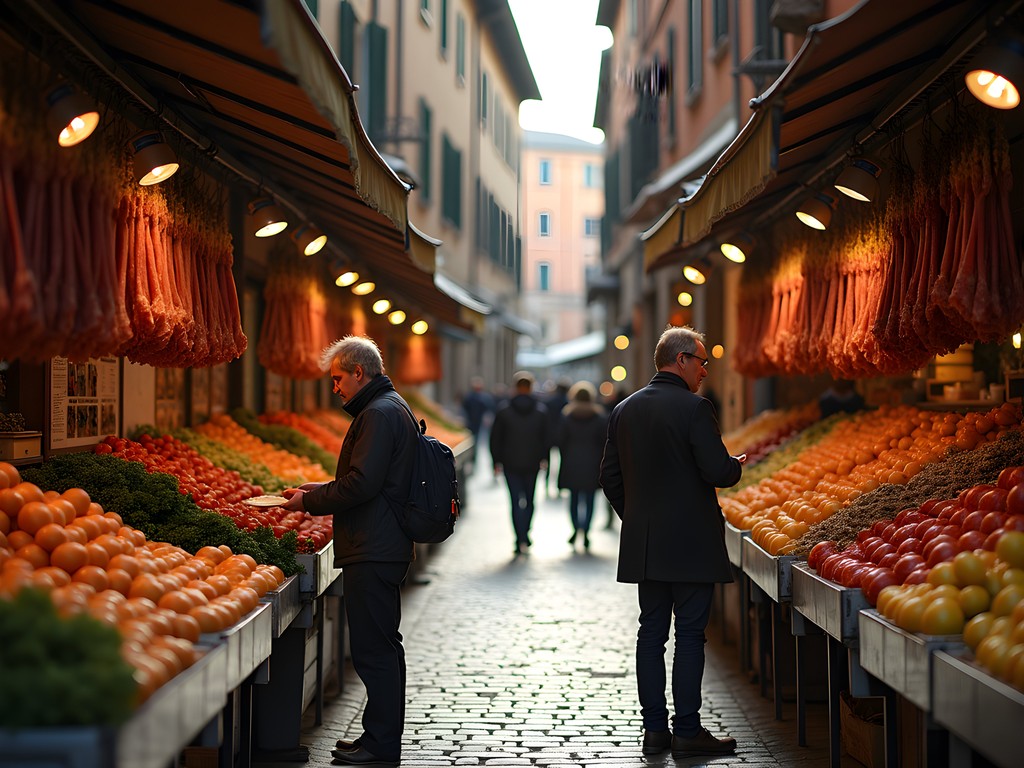
💡 Pro Tips
- Visit Quadrilatero markets before 11am to see them at their authentic best
- Ask vendors 'Posso assaggiare?' (Can I taste?) for samples before purchasing
- For the freshest produce, shop where you see local elderly women (known as zdaure) making their selections
The Pasta Pilgrimage: Beyond Spaghetti Bolognese
Let me establish the foundational truth that every visitor to Bologna must understand: spaghetti bolognese doesn't exist here. What exists instead is tagliatelle al ragù—flat ribbons of egg pasta dressed with a complex meat sauce that bears little resemblance to the international interpretation. This distinction is as important as the difference between actual cardiac arrest and simple tachycardia—similar symptoms, entirely different conditions.
For the definitive tagliatelle experience, bypass the tourist traps around Piazza Maggiore and head to Trattoria Anna Maria, where Signora Anna Maria has been hand-rolling pasta since 1985. Her tagliatelle achieves the ideal thickness (precisely 1/8th inch when raw) and roughness to capture the ragù sauce, which simmers for a minimum of four hours to develop its characteristic depth. The proper technique for consumption involves twirling just enough pasta to capture the optimal sauce ratio—similar to how we calibrate medication dosages for maximum efficacy.
Tortellini represents Bologna's more intricate pasta achievement—small, precisely folded parcels containing a mixture of pork loin, prosciutto, mortadella, and Parmigiano-Reggiano. Traditional service is in brodo (clear capon broth), creating a dish that exemplifies the elegant simplicity that characterizes the best of Italian cuisine and the best of emergency medicine—nothing extraneous, every element serving a purpose.
For those seeking hands-on experience, I recommend the pasta workshop at Le Sfogline, where sisters Daniela and Monica demonstrate the rolling technique using traditional mattarello rolling pins. I found the precision required for proper tortellini folding remarkably similar to the dexterity needed for suturing—a meditative practice that requires complete focus. Invest in a quality pasta rolling pin if you intend to continue your pasta education at home; the proper tools make all the difference in both medicine and pasta-making.
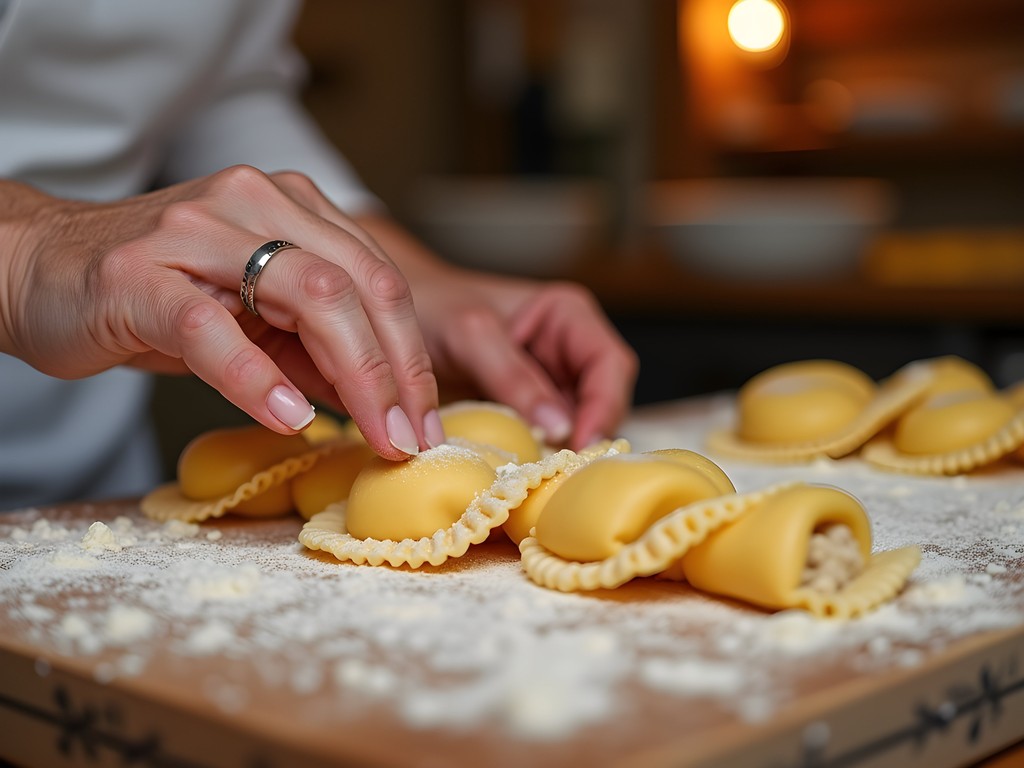
💡 Pro Tips
- Order tagliatelle al ragù, not spaghetti bolognese, to immediately earn respect from local servers
- When eating tortellini in brodo, resist adding cheese—it's considered a distraction from the perfect balance already achieved
- Book pasta-making classes at least two weeks in advance during spring season
The Sacred Trinity: Parmigiano, Prosciutto & Balsamic
Bologna sits at the geographical heart of what I call the Sacred Trinity of Italian gastronomy—Parmigiano-Reggiano cheese, Prosciutto di Parma, and traditional balsamic vinegar from Modena. Understanding these products is fundamental to appreciating Emilia-Romagna cuisine, much like understanding cardiac, respiratory, and neurological systems is essential to emergency medicine.
While day trips to production facilities in Parma and Modena are worthwhile, couples with limited time can experience this trinity through a guided tasting at Divino, a small enoteca near Piazza Santo Stefano. Their vertical tasting of 24, 36, and 48-month aged Parmigiano-Reggiano demonstrates how time transforms proteins and fats into increasingly complex flavor compounds—a process not unlike how certain medications develop increased efficacy through specific biochemical pathways.
For prosciutto, the aging rooms at Salumeria Simoni offer tastings of different maturation levels, demonstrating how controlled dehydration and enzymatic breakdown create the characteristic sweet-savory balance. The proper tasting technique involves allowing the thin slice to warm slightly on your palate before chewing—similar to how certain medications must dissolve sublingually for optimal absorption.
Traditional balsamic vinegar (the authentic DOP version, not the commercial grade) undergoes a minimum 12-year aging process in progressively smaller wooden barrels. At Enoteca Italiana, they offer micro-tastings of 12, 25, and 30-year balsamics, served in drops on porcelain spoons. The complexity rivals any fine wine, with each barrel imparting distinct aromatic compounds to the final product.
For home enjoyment, invest in a properly aged traditional balsamic vinegar. Like a good diagnostic tool in my medical bag, authentic balsamic transforms ordinary ingredients into something remarkable with just a few precisely applied drops.
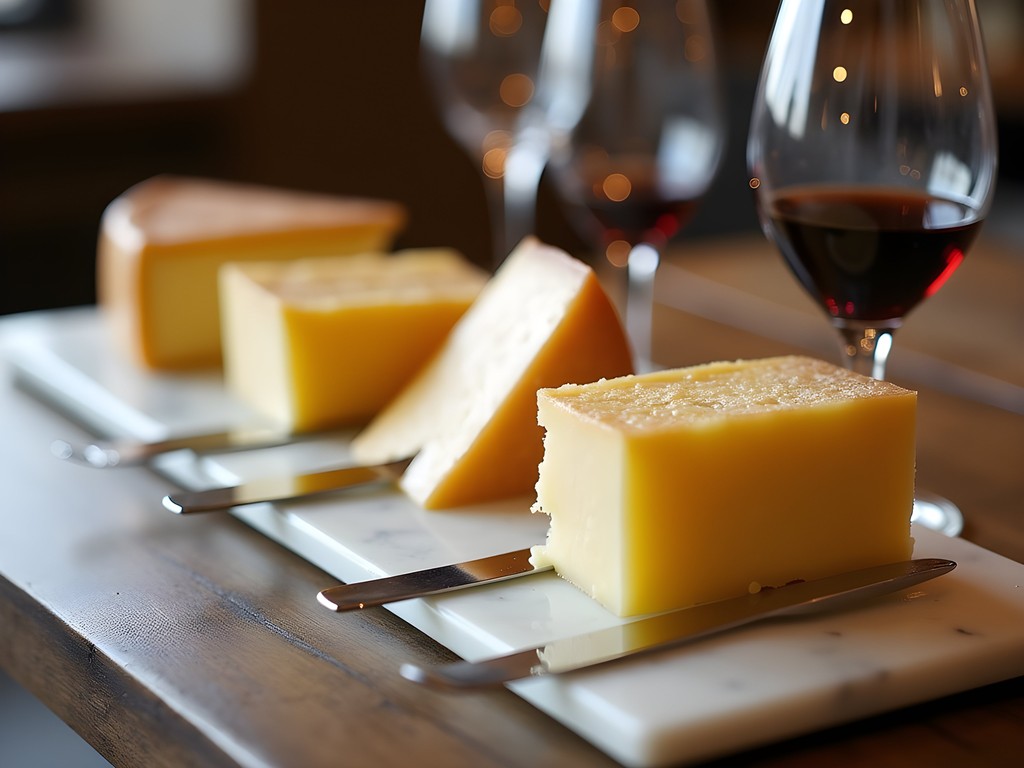
💡 Pro Tips
- When tasting Parmigiano, break (don't cut) the cheese to expose its crystalline structure
- Store authentic prosciutto wrapped in butcher paper, not plastic, to preserve its delicate flavors
- Use traditional balsamic as a finishing touch, never for cooking—heat destroys its complex flavor compounds
The Art of Aperitivo: Bologna's Social Medicine
If I were to prescribe a treatment for the modern condition of disconnection, Bologna's aperitivo ritual would be my first choice—a daily social vaccination against isolation that simultaneously stimulates appetite and conversation. Unlike Milan's elaborate aperitivo buffets or Venice's touristy spritz culture, Bologna's version maintains clinical purity: quality drinks, carefully selected accompaniments, and genuine social connection.
The optimal aperitivo experience begins around 6:30pm at Osteria del Sole, operating since 1465 in the Quadrilatero district. This ancient establishment follows a unique protocol: they provide only beverages, while patrons bring food purchased from surrounding market vendors. Bring a selection from Salumeria Simoni or Melega and order a local Pignoletto wine for the authentic experience. The communal tables create natural opportunities for conversation with locals—I found myself discussing regional healthcare systems with a Bologna cardiologist who provided invaluable restaurant recommendations.
For a more contemporary interpretation, Camera Con Vista offers rooftop aperitivo with Bolognese panoramas. Their house negroni incorporates local herbs that complement the bitter Campari profile without overwhelming it—a perfectly calibrated balance similar to how we approach medication combinations in emergency protocols.
The most important element of aperitivo is pacing. This isn't American happy hour with its emphasis on consumption volume; it's a deliberate transition between day and evening. I recommend carrying a sleek insulated water bottle to maintain hydration alongside alcoholic beverages—proper hydration being as essential to aperitivo enjoyment as it is to maintaining homeostasis in my ER patients.
While enjoying aperitivo, observe how locals navigate the ritual—small sips, frequent conversation, and the strategic consumption of food to balance alcohol absorption. It's a masterclass in moderation that creates sustained enjoyment rather than rapid intoxication—precisely the approach I recommend to patients regarding many pleasures in life.
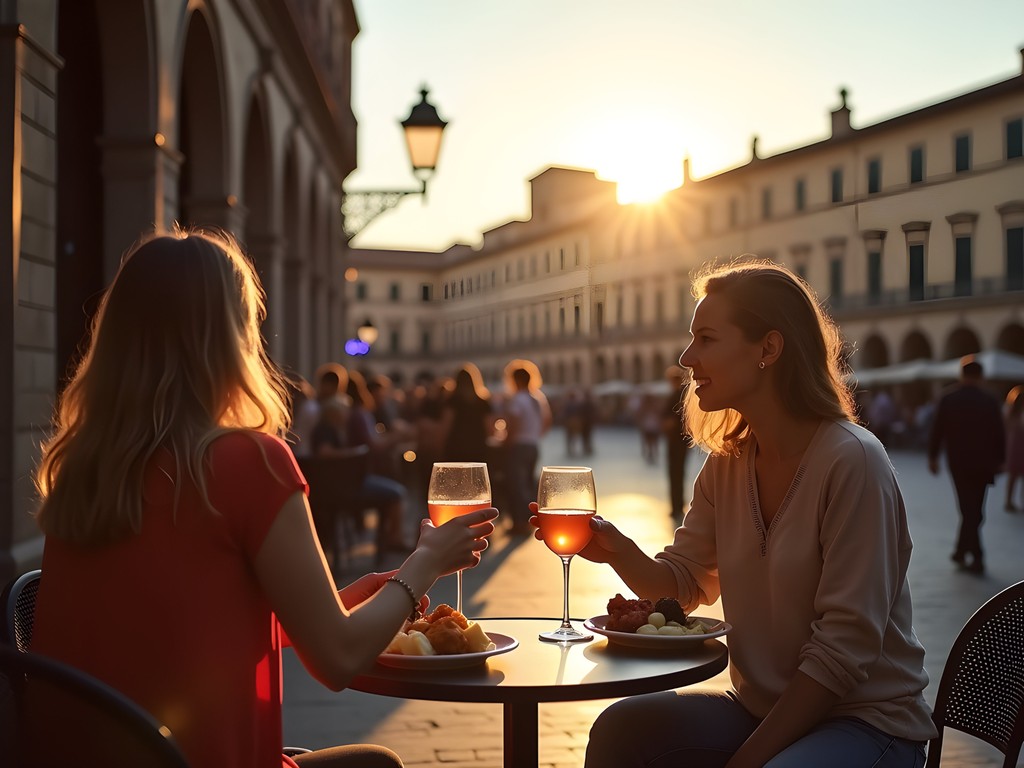
💡 Pro Tips
- At Osteria del Sole, purchase your drink tickets at the entrance before ordering at the bar
- Aperitivo typically includes complimentary food with drink orders—don't order additional meals unless specifically at a restaurant
- The local aperitivo specialty is a Spritz made with Aperol and Pignoletto (local sparkling wine) rather than Prosecco
The Secret Bolognese: Dishes Tourists Never Order
Beyond the triumvirate of tagliatelle, tortellini, and mortadella lies a secondary diagnostic panel of dishes that reveal Bologna's deeper culinary identity. These are the meals that rarely appear on English-translated menus but constitute the true everyday diet of locals—equivalent to the advanced tests we order in medicine when standard panels don't tell the complete story.
Begin with crescentine (also called tigelle)—small round breads cooked on special cast-iron plates and served hot with cunza, a spread of lard infused with garlic, rosemary, and pepper. At Osteria La Traviata in the university district, they're served alongside a selection of salumi and squacquerone cheese, creating a perfect harmony of textures and flavors. The proper technique involves splitting them open while hot and applying toppings immediately—timing as critical as in emergency interventions.
Friggione represents Bologna's approach to vegetable preparation—slow-cooked onions and tomatoes transformed through patience rather than complexity. At Trattoria Serghei, their version simmers for four hours until achieving a caramelized depth that belies its simple composition. It's typically served as a contorno (side dish) but reveals the Bolognese talent for extracting maximum flavor through minimum intervention.
For the adventurous, certosino (or panspeziale) offers insight into Bologna's medieval culinary history—a dense fruit and nut cake traditionally made by Carthusian monks, incorporating ingredients that once signified extreme luxury: cocoa, candied fruits, and exotic spices. Pasticceria Gamberini prepares a version following a centuries-old recipe during spring festivities.
Perhaps most revealing is passatelli in brodo—pasta made from breadcrumbs, Parmigiano, eggs, and nutmeg, pressed through a special tool resembling a potato ricer directly into simmering broth. This peasant dish represents the Bolognese talent for creating sustenance from leftovers, achieving elegance through necessity. At Trattoria Fantoni, their passatelli achieves the perfect structural integrity—maintaining texture in the broth without disintegrating, much like how we calibrate treatments to be robust enough to address symptoms while avoiding unnecessary side effects.
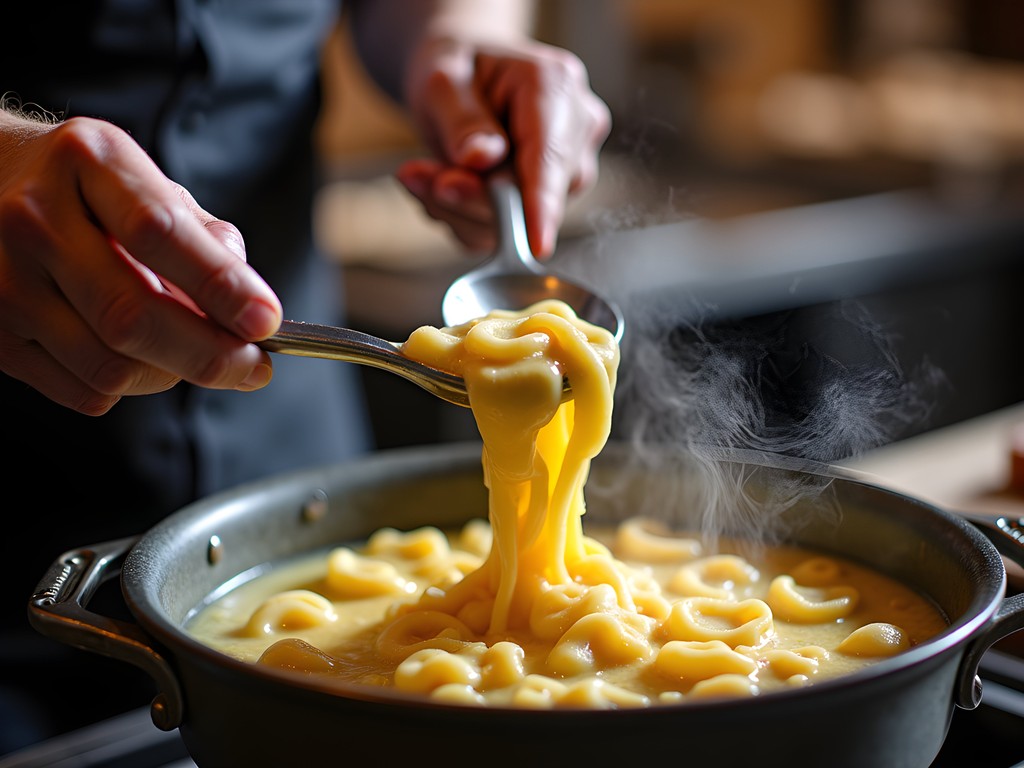
💡 Pro Tips
- Order passatelli 'in brodo' for the traditional preparation or 'asciutti' for the modern version dressed with sauce
- When trying crescentine, request 'cunza' even if not listed—many restaurants keep this traditional lard spread available upon request
- Ask for friggione as a side dish with bollito misto (boiled meats) for a classic Bolognese pairing
Final Thoughts
Bologna reveals itself to those willing to move beyond superficial diagnoses and engage with its authentic culinary traditions. Like medicine, proper food appreciation requires both technical knowledge and human connection—understanding not just what people eat but why they eat it. The 12 experiences outlined above offer couples a comprehensive treatment plan for experiencing Bologna's gastronomic soul, but the true prescription is simple: approach each meal with curiosity, respect tradition while embracing innovation, and recognize that food here isn't mere sustenance but a sophisticated language of cultural expression. As we say in emergency medicine, the presenting complaint is rarely the whole story—and in Bologna, the famous dishes are merely the introduction to a much richer narrative. I'll return next spring to continue my research, perhaps focusing on the seasonal variations that transform Bologna's menu throughout the year. Until then, mangia bene, vivi felice—eat well and live happily.
✨ Key Takeaways
- Authentic Bolognese cuisine extends far beyond the internationally known dishes
- Food in Bologna follows strict traditional protocols that reveal cultural values
- The best experiences combine understanding of technique with appreciation of social context
- Morning market visits provide the foundation for understanding the region's culinary priorities
📋 Practical Information
Best Time to Visit
April-June or September-October
Budget Estimate
€70-100 per person daily for food experiences
Recommended Duration
5-7 days
Difficulty Level
Beginner
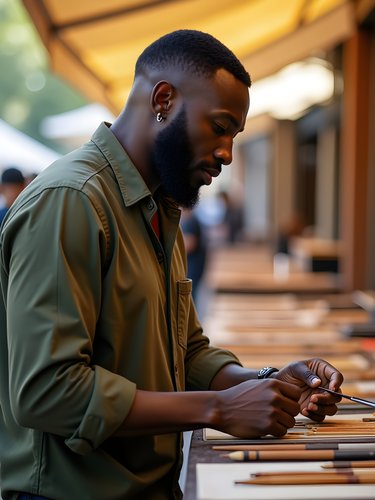

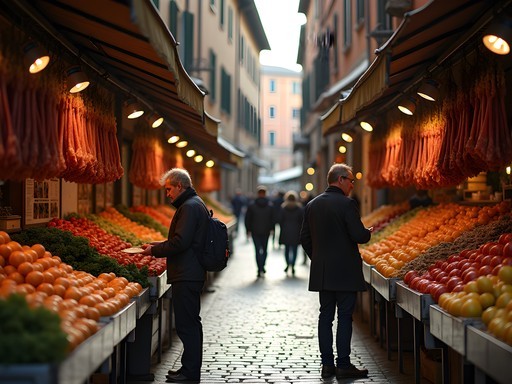
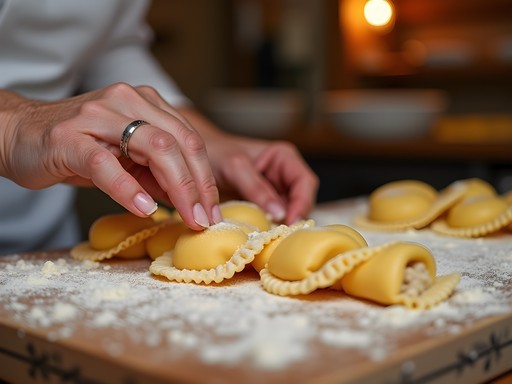
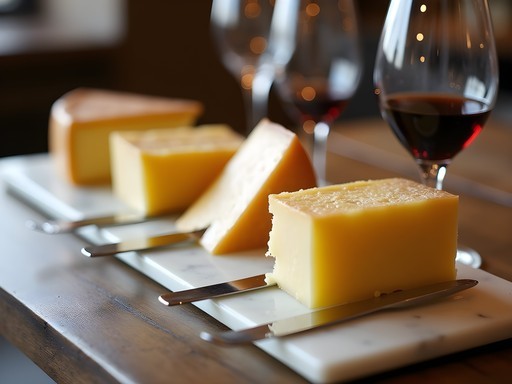
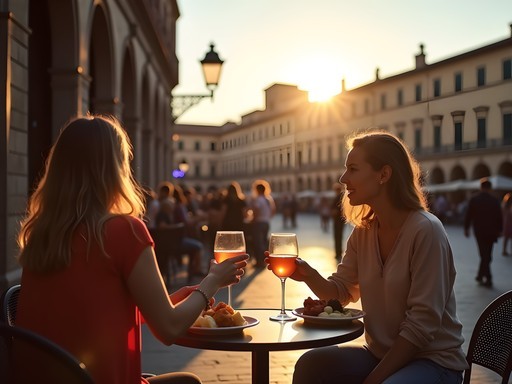











Comments
roamhero
Just got back from Bologna and this post is 100% accurate! One tip: don't miss aperitivo time (6-8pm). We paid €10 for a spritz at Mercato di Mezzo and got access to an amazing buffet of local specialties. Great way to try lots of different foods without breaking the bank. Also, the gelato at Cremeria Santo Stefano changed my life!
moonseeker
Noted about the aperitivo! Did you need reservations for that?
roamhero
Nope! Just showed up around 6:30pm and found a spot. Gets busier later though!
Savannah Torres
Sean, I love how you captured the essence of Bologna beyond the tourist clichés! When I visited with my husband and daughter last fall, we discovered this tiny osteria called Da Vito that's been run by the same family since the 1950s. The nonna still makes the pasta by hand every morning! My best tip for Bologna first-timers: wake up early and climb Torre Asinelli before breakfast, then reward yourself with the most amazing pistachio-filled cornetti at Forno Brisa. The morning light on all those terracotta rooftops is pure magic, and you'll work up an appetite for all the eating you'll do later! Has anyone tried the aperitivo at Mercato di Mezzo? We're heading back in September and want to try new spots.
adventurephotographer
Mercato di Mezzo is good but touristy now. Try Altro? on Via Ugo Bassi instead - amazing local wines and they do this incredible gnocco fritto with mortadella that I still dream about!
Savannah Torres
Thanks for the tip! Adding Altro? to my list right now. Gnocco fritto is my weakness!
springtime3179
Those pictures of the tortellini being made are making me so hungry right now! 😍
globeblogger
Great post! I've heard Bologna is super crowded with tourists now. Is it still possible to find authentic experiences like these without massive queues?
Savannah Torres
It's definitely gotten busier, but Bologna still isn't as overrun as Venice or Florence. The trick is to explore the university district and areas just outside the city center. Even just 2-3 blocks away from the main attractions, you'll find places where locals eat. Early mornings at the markets are still magical!
sunsetace
That shot of the tortellini being made by hand is incredible! Did they let you try making them yourself?
Charlotte Watkins
Sean, your medical analogy is spot on! We visited Bologna with our family last year and made the classic mistake of hunting for 'spaghetti bolognese' until a kind local set us straight. The mortadella in Bologna ruined all other deli meats for us forever! And that parmigiano aged 36 months... heavenly. For families visiting, I'd add that the gelato tour at Carpigiani Gelato Museum was a huge hit with our kids and gave us all a deeper appreciation for Italy's frozen masterpiece. Your section about the Mercato delle Erbe brought back wonderful memories - we rented an apartment nearby and shopped there every morning like locals.
exploremaster
So excited to visit Bologna next month! Is it worth taking a pasta making class? Any recommendations?
adventurephotographer
Absolutely worth it! I did one with Le Sfogline and learned to make proper tortellini. Best souvenir ever!
Charlotte Watkins
Cooking classes are wonderful in Bologna! My family took one with Chef Davide near Via Pratello, and my teenagers still make tagliatelle at home. Book early though - the good ones fill up fast, especially during peak season. We used pasta making class to find ours and had a fantastic experience.
adventurephotographer
Great post! I was in Bologna last spring and completely agree about the Quadrilatero markets - absolute sensory overload in the best way. The tiny shop where the old ladies make fresh tortellini by hand was my favorite find. I'd add that the aperitivo culture is worth mentioning too - nothing beats sipping a Campari spritz with free buffet snacks after a day of exploring!
Savannah Torres
The aperitivo scene is definitely a hidden gem! Which spot was your favorite? I loved Casa Minghetti near Piazza Maggiore.
adventurephotographer
I really liked Osteria del Sole - it's this super old wine bar where you bring your own food from the market. Such a local experience!
Sarah Powell
Sean, your medical analogy is perfect for Bologna's food scene! As a solo traveler who spent three weeks there last fall, I found that the deeper you dig, the more authentic the experience becomes. The Quadrilatero markets were my daily ritual - I rented an apartment specifically to cook with those ingredients. What fascinated me most was how seasonality dictates everything in Bologna. My landlady was horrified when I asked for pumpkin tortellini in May! I'd add that visitors should explore the hills outside the city too - I took a day trip to a small family Parmigiano-Reggiano producer and watched the entire process. I documented everything in my food journal which I highly recommend for serious culinary travelers. The Bolognese approach to food - respecting ingredients, traditions, and seasons - changed how I cook forever.
escapeexplorer
Going to Bologna next month! Any recommendations for cooking classes?
Sarah Powell
I did a fantastic class with Le Cesarine - they connect you with local home cooks. Made tortellini from scratch with a nonna who spoke almost no English but communicated perfectly through food. One of my favorite travel memories ever!
escapeexplorer
That sounds amazing! Just booked one, thanks for the tip!
Venture X
Premium card with 2X miles, $300 travel credit, Priority Pass